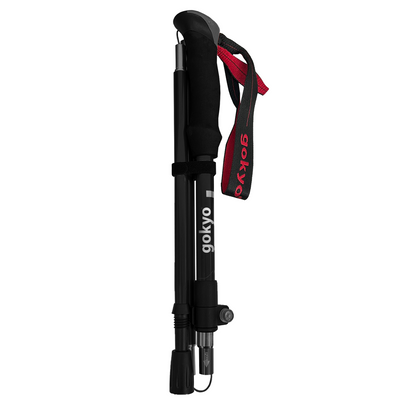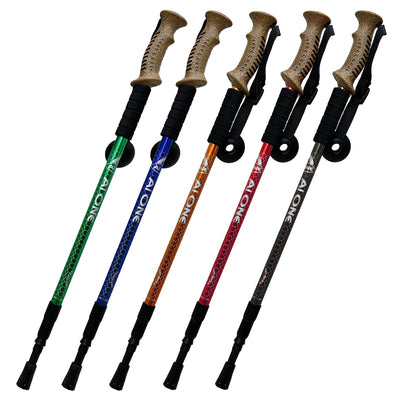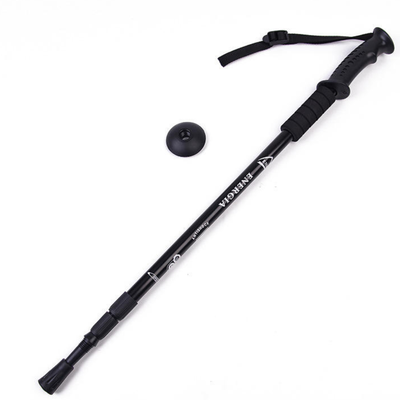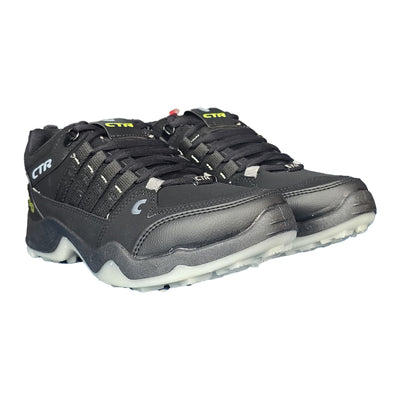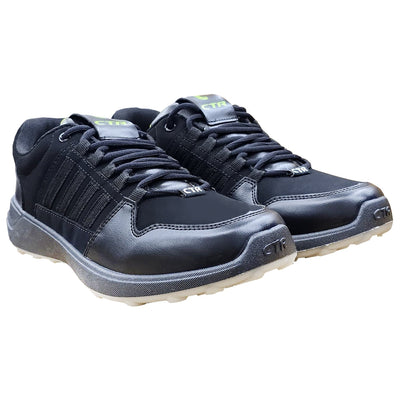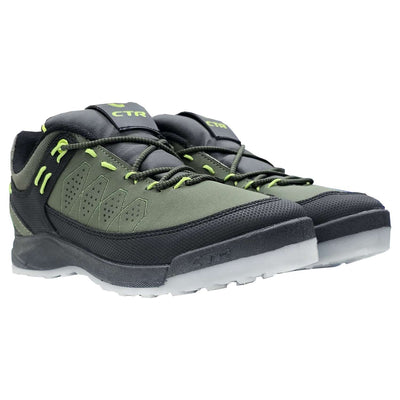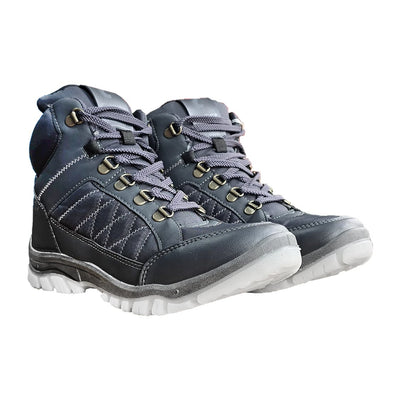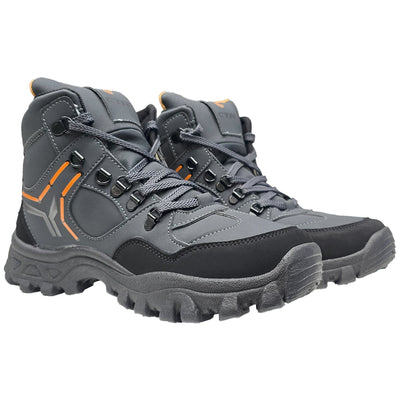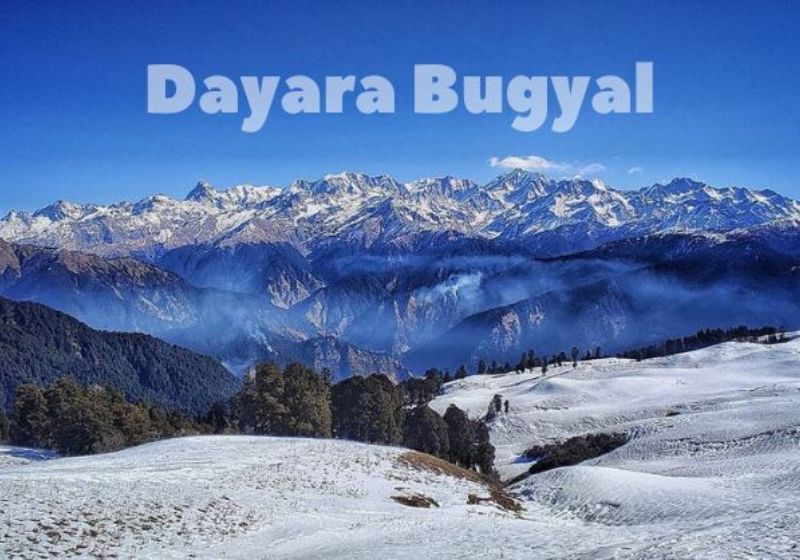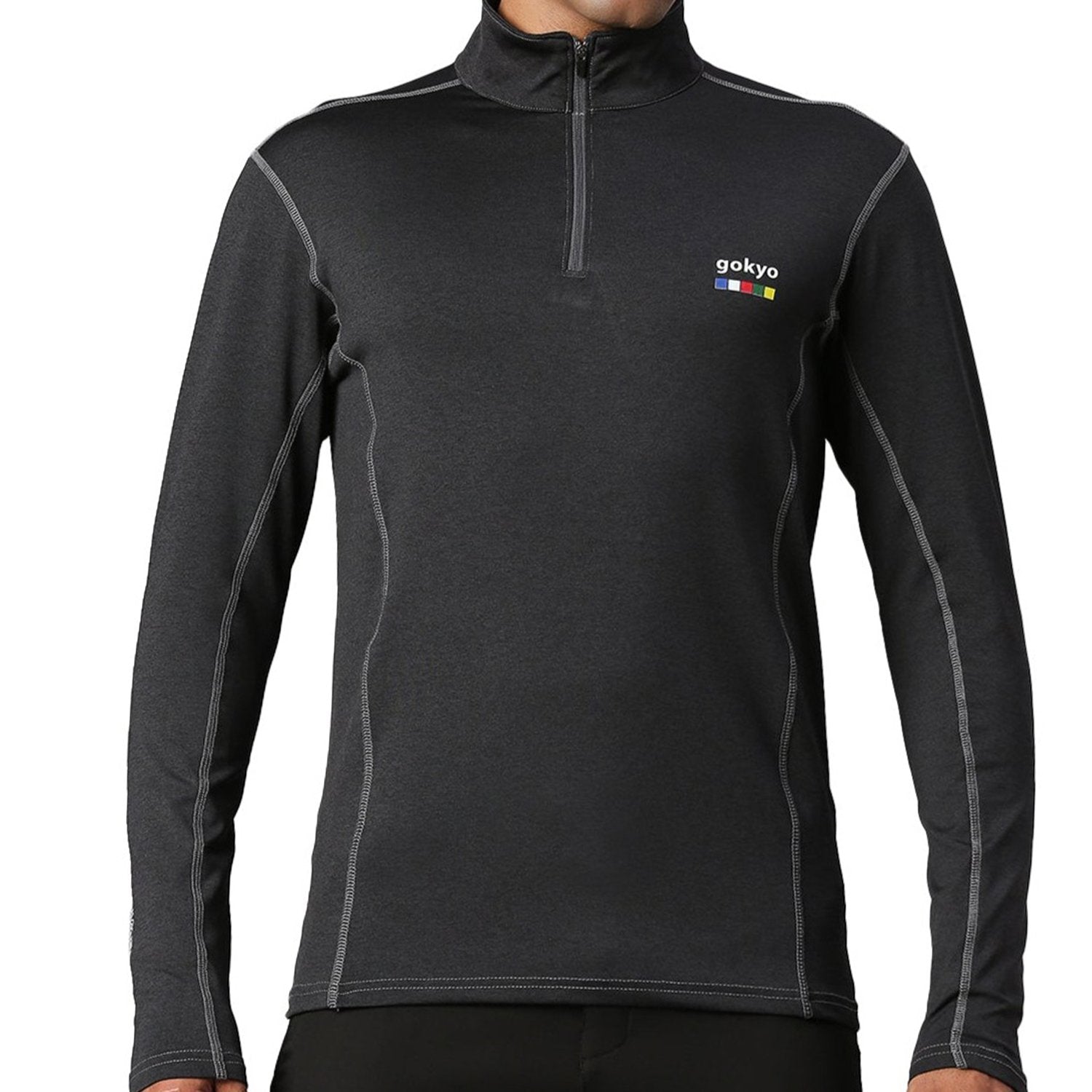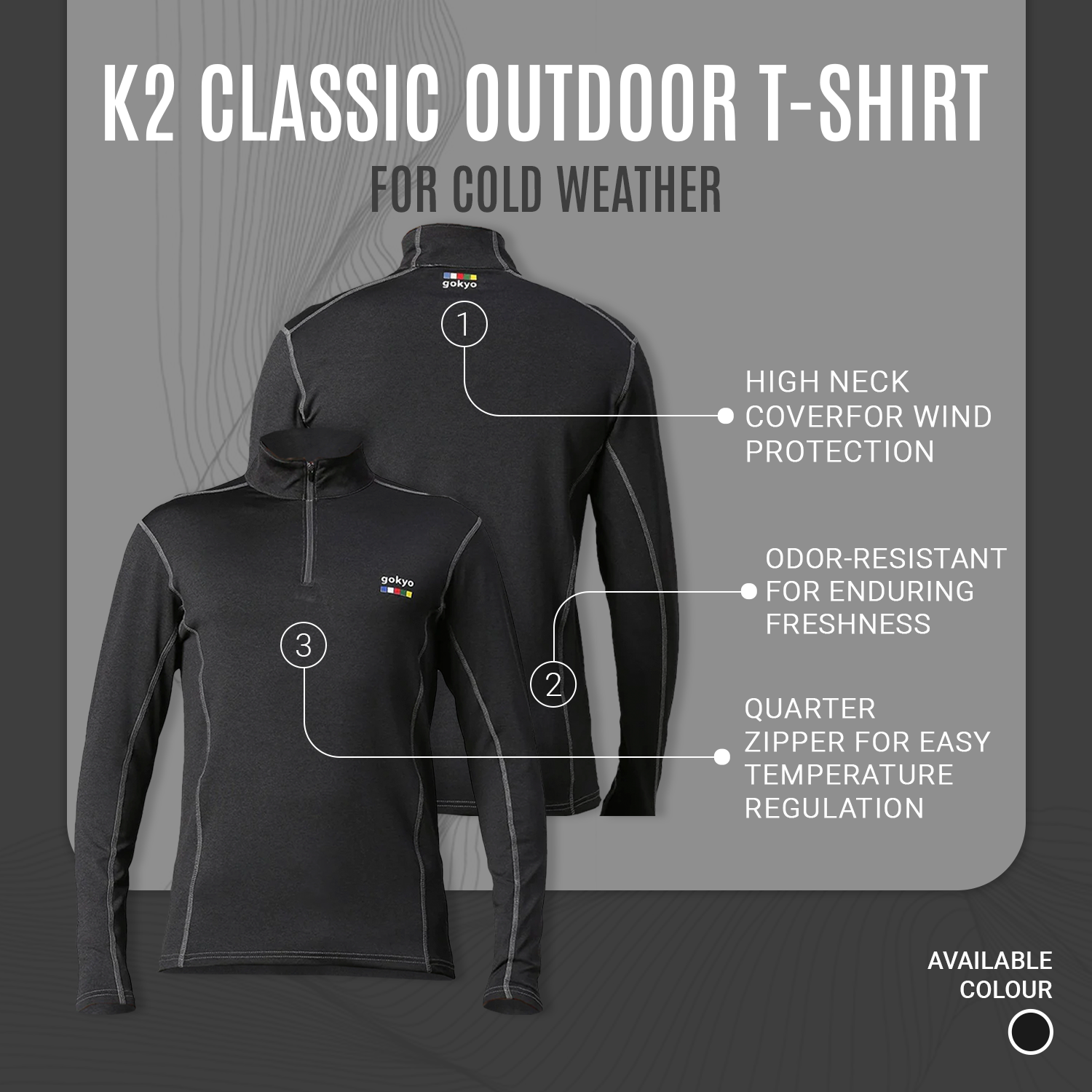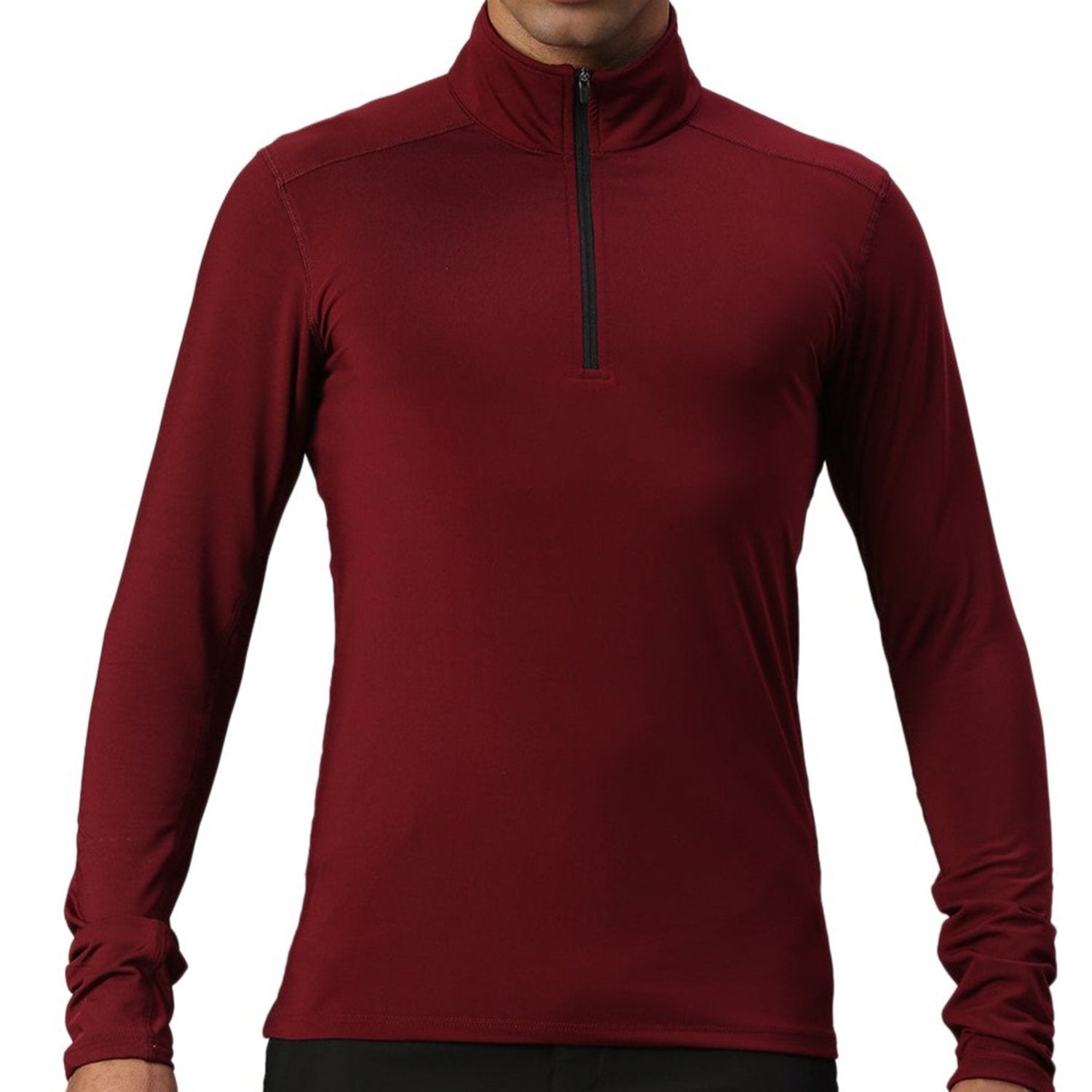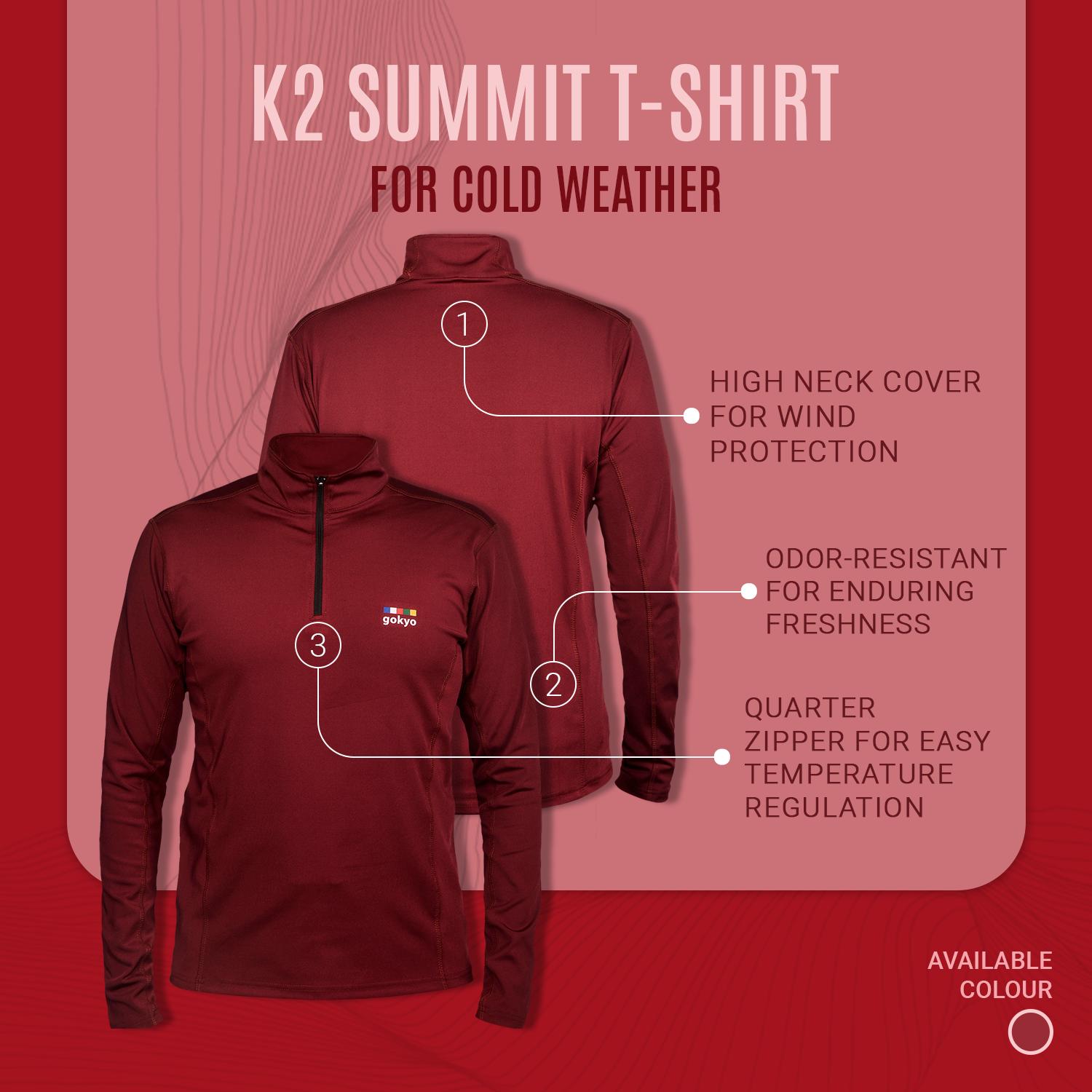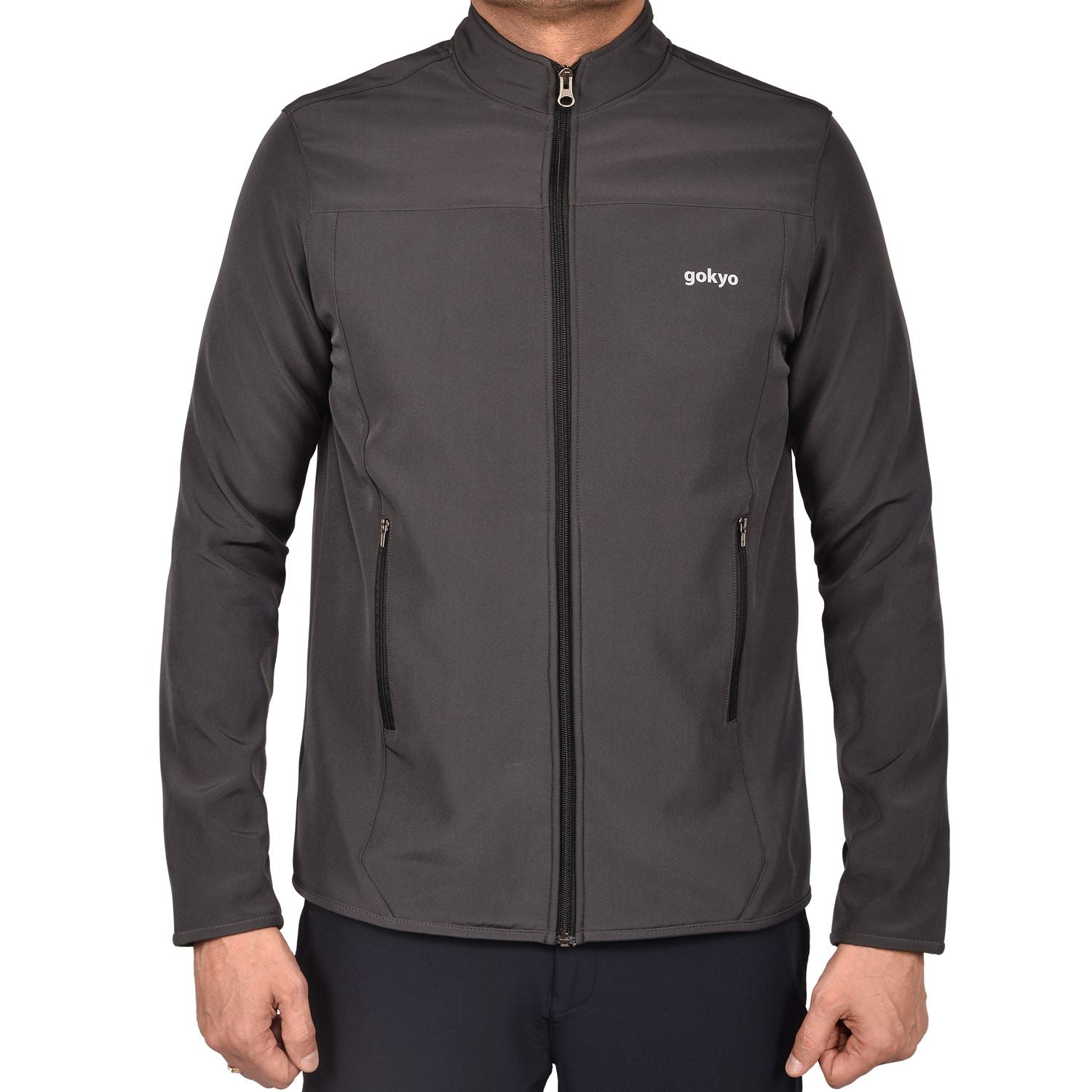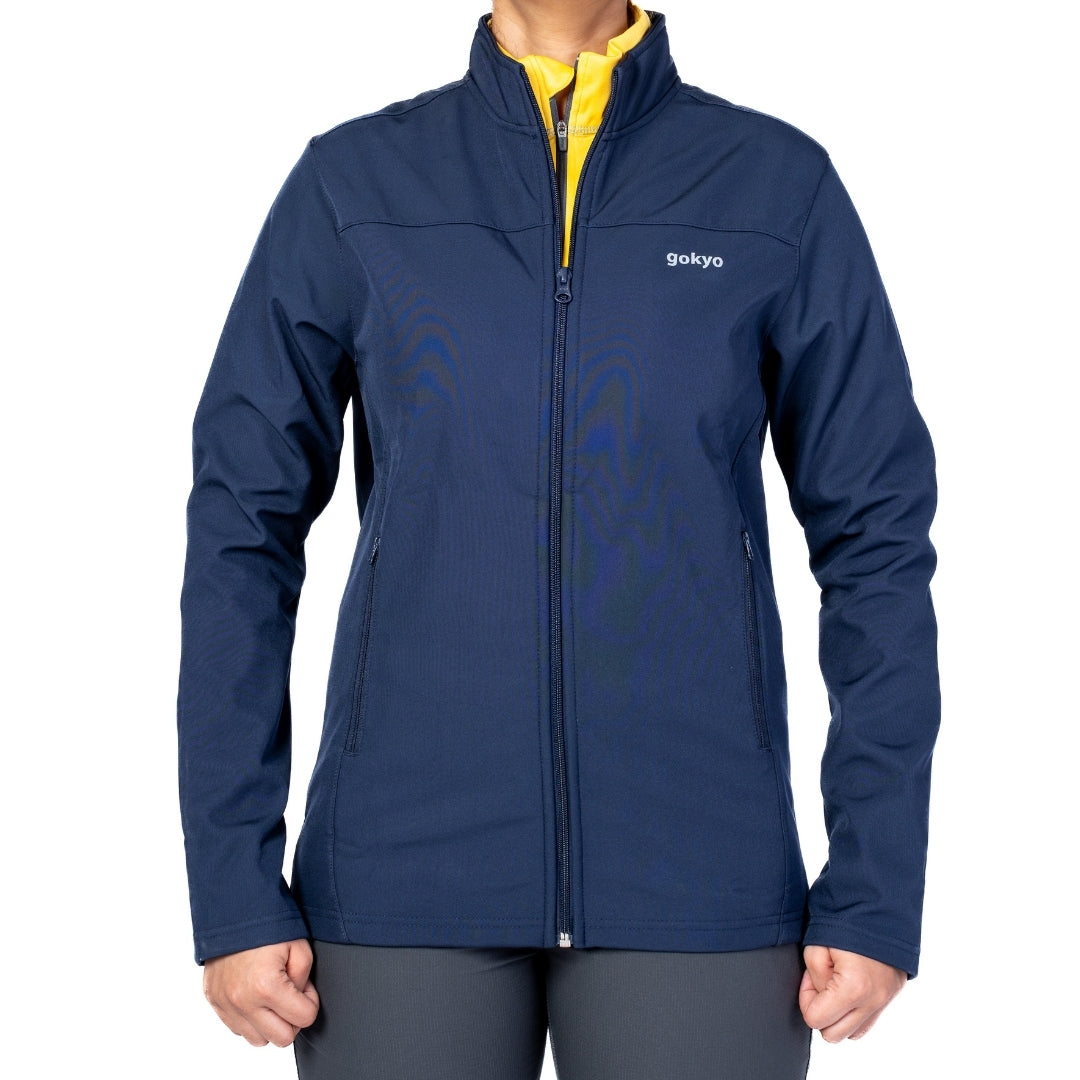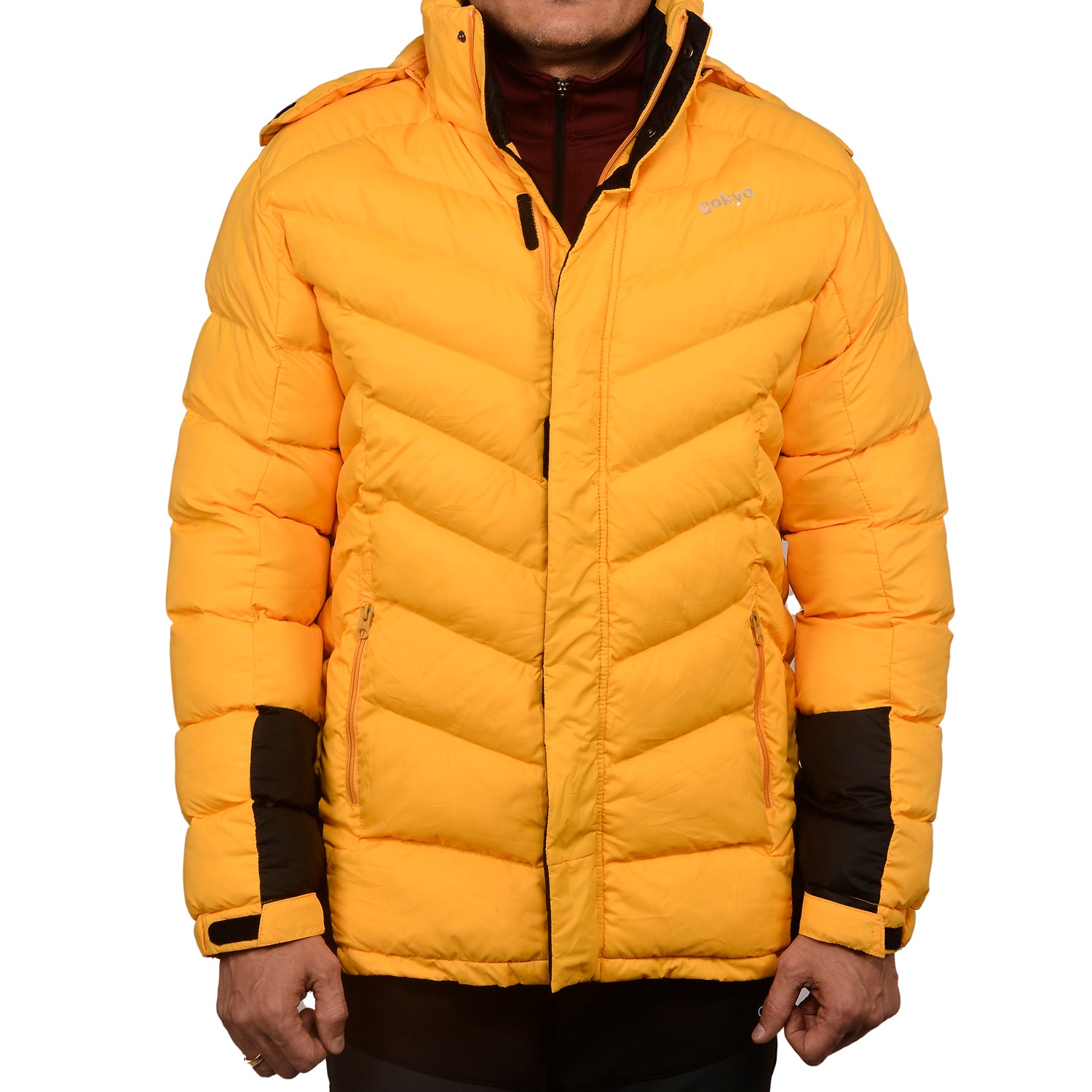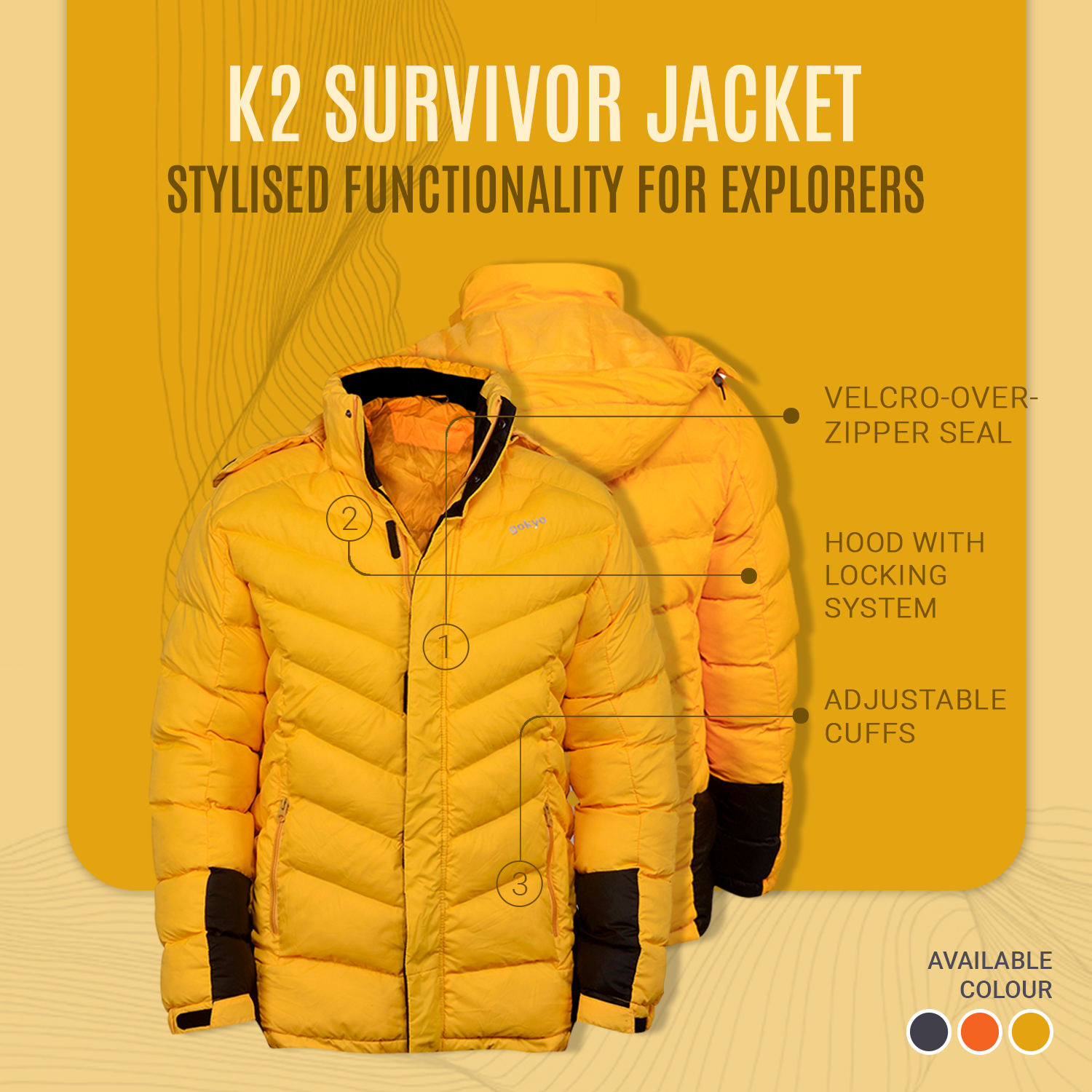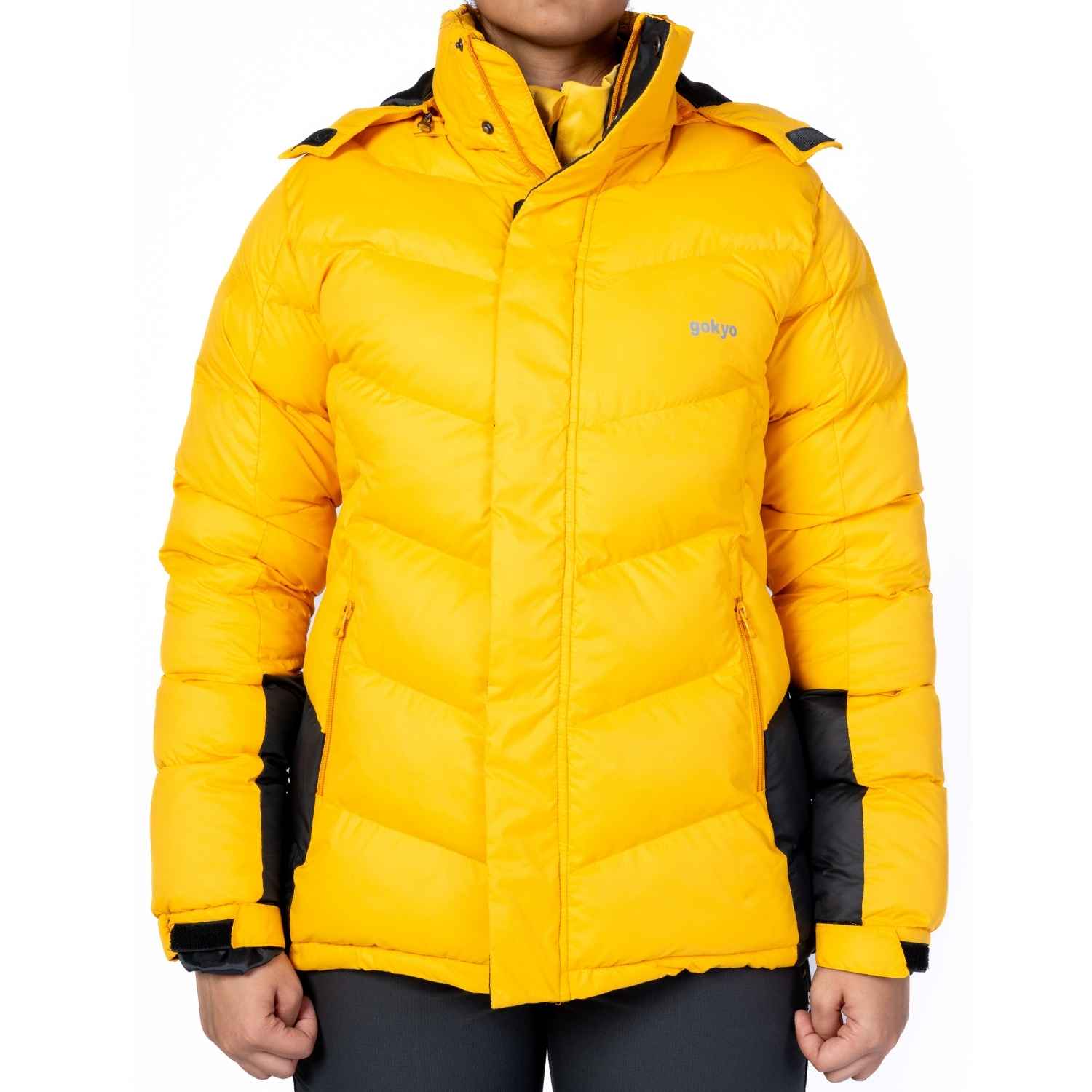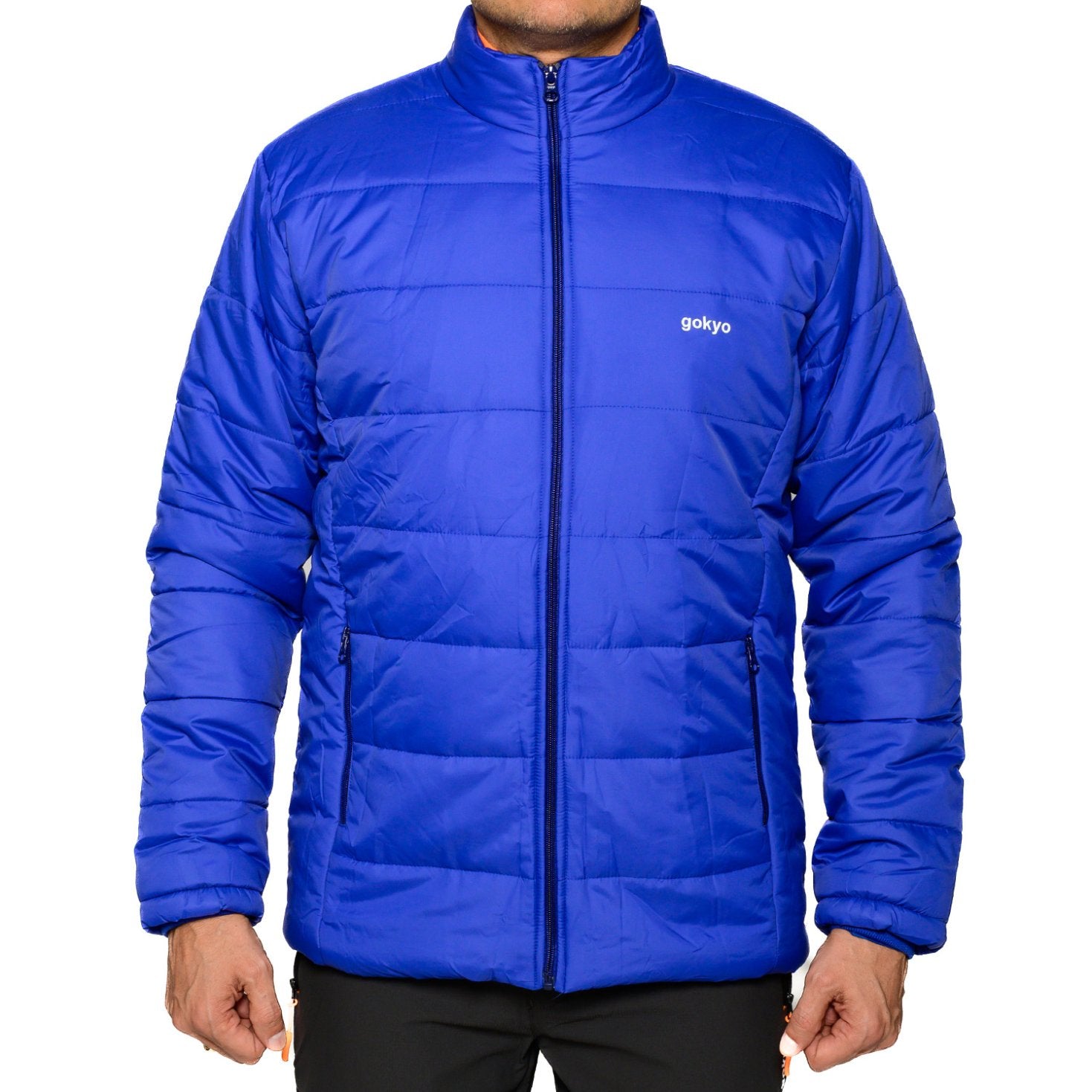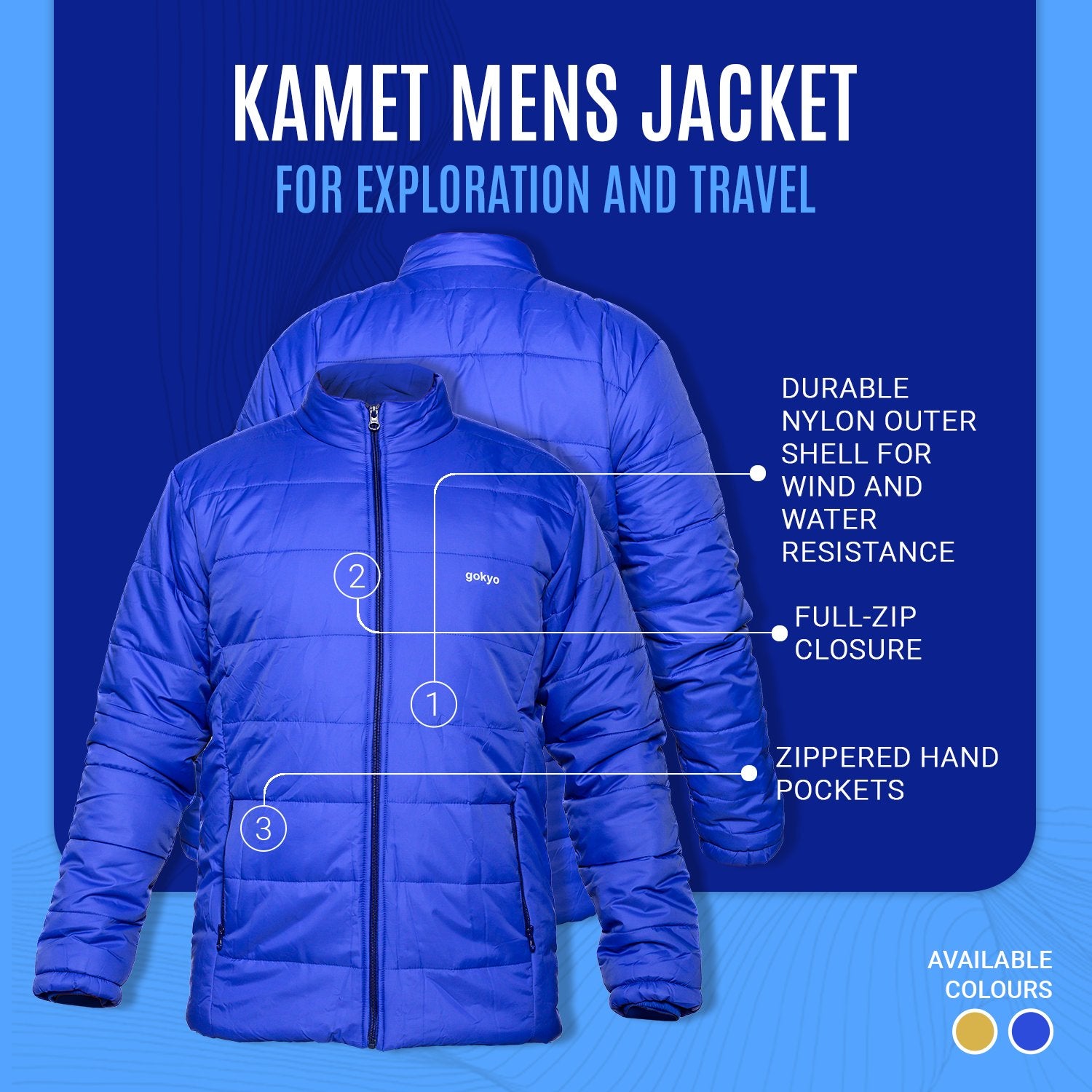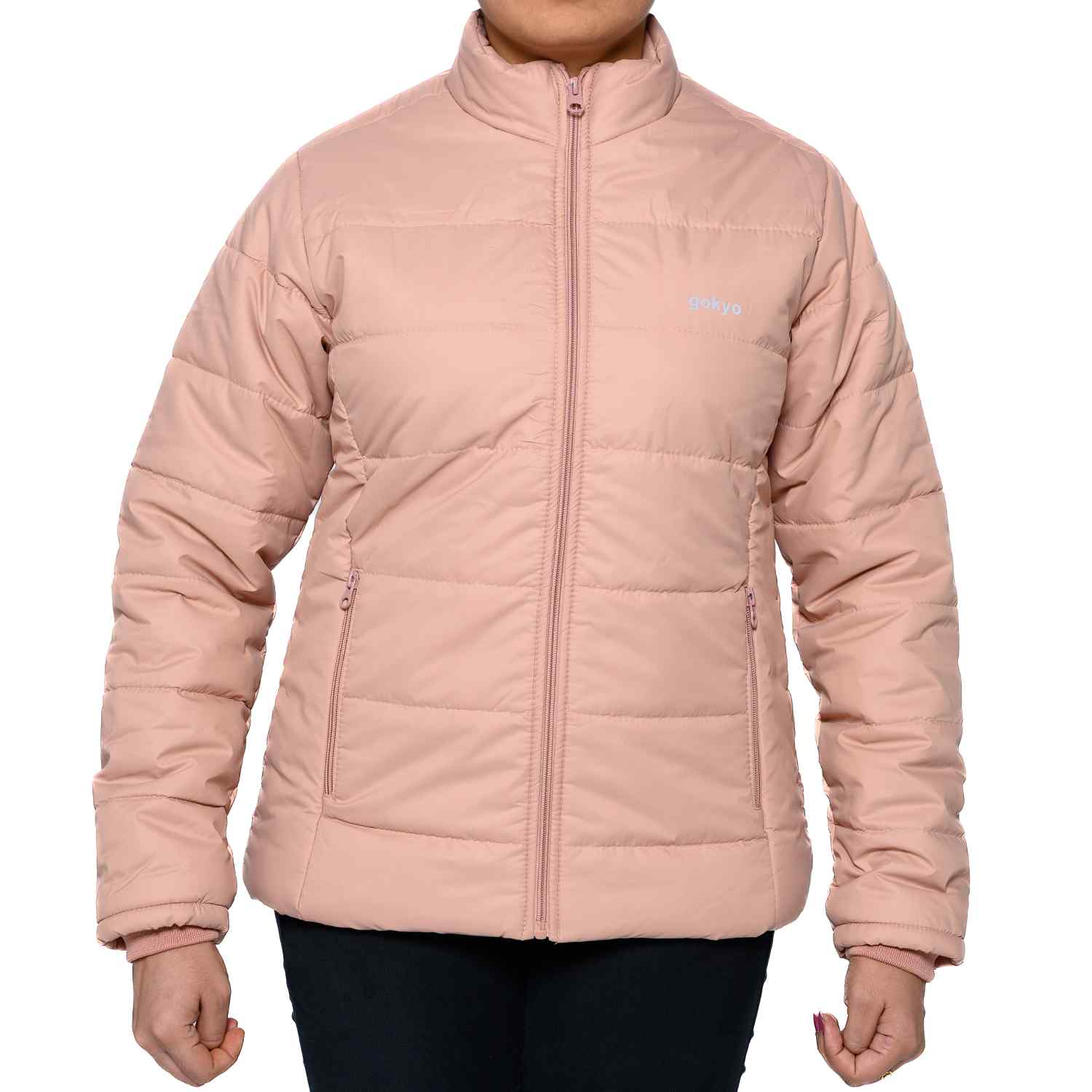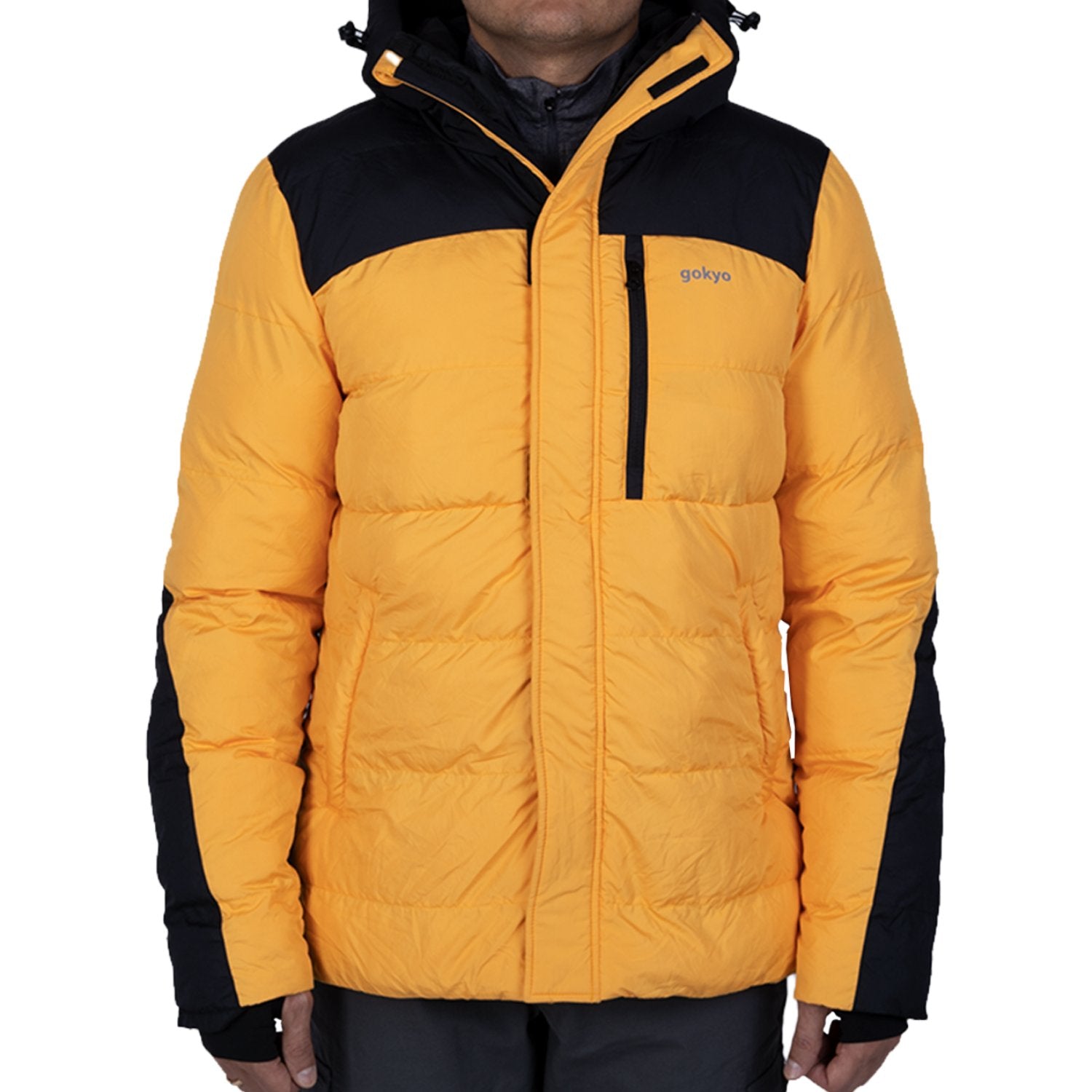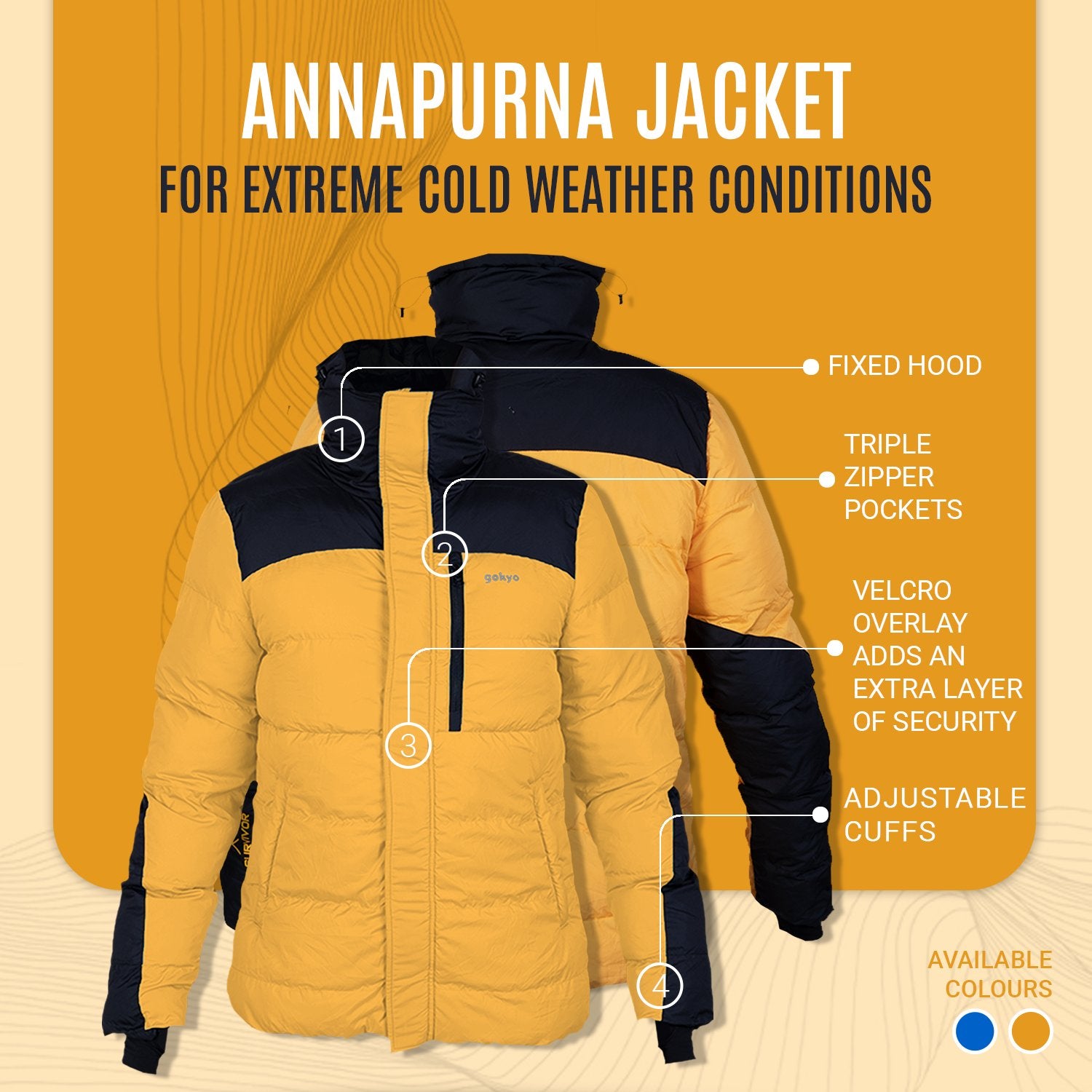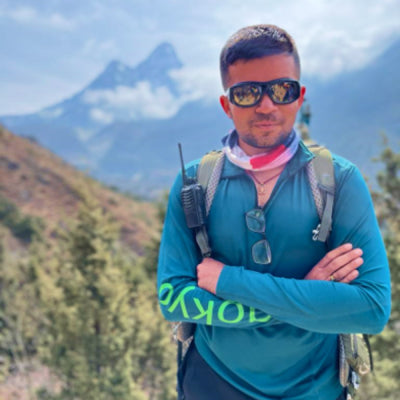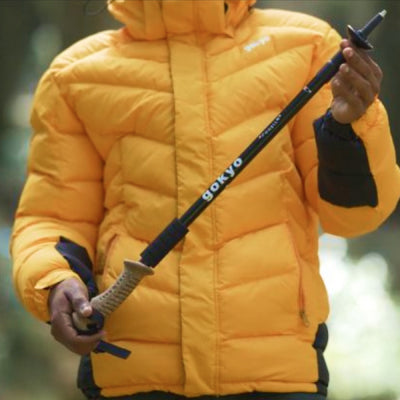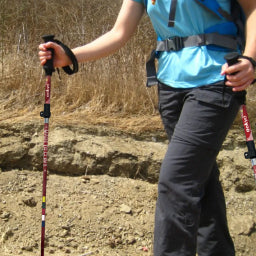How to Stay Warm & Agile on the Kuari Pass Trek This December (Real, Practical & Trail-Tested)
If December treks had a royal headpiece, Kuari Pass would wear it without at least an ounce of shame. Go further on the Garhwal Himalayas wrapped with a thick layer of powder snow, a sprinkle of icy winds, and crowned with the magnificent views of Nanda Devi, Dronagiri, Hathi & Ghoda. This trek is truly the winter fairy tale that you don't just see, you survive it, feel it, breathe it, and remember it forever.
But let's clear one thing up, winter trekking in India is never going to be a plan, it's 'preparation management + weather psychology + layering science'.
Getting excited is great, getting cute in your style is adorable.
Getting to and from the summit being warm, agile, dry, and calm in your mind and body is what makes one very proud, with working lungs, warm fingers, and a blissful smile.
So, if you're trekking with your fave people, you have joined a new batch of people, or you are just checking something off your 2025 self-promise list—here is a 100% human, no generic info, no fluff real-world December Kuari Pass clothing, warmth, comfort, and mobility guide backed by field logic and Gokyo Outdoor Clothing & Gear expertise.
Grab yourself a drink that is hot and let's pack like a smart Himalayan trekker, not a cold regretting mountain person.
Clothing Strategy: The “Active Warmth” Layering Model
Forget heavy sweaters and oversized winter coats — they don’t work in trekking.
You need technical layers, each with a dedicated job:
1. Base Layer (Your Heat Trapping Skin)
Closest to your body — absorbs sweat, keeps you dry, prevents chills.
2. Mid Layer (Your Warmth Factory)
Made for warmth without bulk — fleece or grid fleece.
3. Outer Shell (Your Protective Armor)
Blocks snow, wind, sleet, and biting cold. Always breathable, lightweight, and durable.
This functional philosophy is what drives high-performance clothing made by Gokyo Outdoor Clothing & Gear — engineered for Himalayan winter weather where ordinary clothes simply can’t cope.
Hands, Head & Feet — Your Heat Exit Points
Here’s what medical trekking science says:
Most heat loss is from your hands, feet, and head, not your torso.
What to Expect at Kuari Pass in December
Before you discover how to efficiently keep warm, it is important to understand what you are keeping warm from:
|
Challenge |
Truth |
Impact |
|
Temperature |
Can drop to -12°C at night |
Reduced mobility and shivering and fatigue |
|
Wind chill |
Feels colder than reality |
Insulation becoming compromised and energy being lost |
|
Snow covered ground |
Slippery and uneven |
Reduced mobility and balance |
|
Limited sun |
Daylight hours are minimal |
Prolonged time to dry out and stay warmer |
|
Humidity from sweat |
Damp clothes can freeze |
Thermal insulation loss and risk of hypothermia |
December in Kuari isn't winter, it's winter on Himalayan mode, which means your clothing and layers must work for you, not against you.
The Golden Rule: Stay Warm, Stay Dry, Never Overheat
People often think that staying warm is wearing thick clothing, jackets, wool and more wool.
That is not true. The scientific thought process is:
Stay warm, avoid sweat, retain body heat, block wind, stay dry, and move at a safe pace.
Because sweat defeats your purpose.
Damp clothing plus no sun equals frozen insulation and risk.
So how do you play the winter trek game?
Start slightly on the cold side, layer up, trap heat, and ventilate at the right times.
Extremities: The Three Vital Areas
|
Body Part |
Risk |
Solution |
|
Hands |
Wind and wet turns fingers cold |
Layered gloves system |
|
Feet |
Wet socks create numbness |
Wool plus technical socks |
|
Head and neck |
Direct heat loss conduit |
Warm insulated coverage |
Warm extremities improve motivation, movement, and overall safety.
Stay Agile — Movement Is More Important Than Your Outfit
You are not walking through Manali, you are climbing at altitude.
Movement is what dictates your survival, not looking pretty.
Look for trekking clothes with:
- Maximum range of motion
- Comfortable stretch
- Quick drying
- Warmth without bulk
- Lightweight insulation
- Ergonomically designed pockets
This becomes even more important when climbing uphill in snow, on morning summit pushes, or descending steep, slippery sections.
Some trekkers carry a shell that is windproof and summit ready but not heavy. If you bring too much, do not invest in unnecessary pieces, instead choose fewer but performance-driven garments. This is where accessories like trekking poles and warm head protection such as caps & beanies naturally fit in without adding bulk yet improving comfort.
Conquer Any Terrain with Trekking Poles
The Core Mentality: It Is Not a Fashion Show
You can still look good, just not at the expense of circulation, agility, or mental clarity.
The concept combines minimal aesthetics with thermal engineering — the exact design language visible in Gokyo Outdoor Clothing & Gear, created for the mountains and not the mall.
Gear & Micro-Choices That Alter Everything
Here are the micro-choices that can save your trek:
|
Item |
Why It Matters |
|
Neck warmer |
Prevents cold throat and breathing shock |
|
Head torch |
Summit begins before sunrise |
|
Protein and electrolyte powder |
Maintains hydration under altitude stress |
|
Snow gaiters |
Keeps socks dry and warm |
|
Trekking poles |
Reduces knee load and prevents slips |
You will thank yourself for every single one.
Energy-Boosting Food and Supplements for Trekking and Travel
What Not To Do on Kuari Pass
1. Do not wear cotton
2. Do not rely on thick jackets alone
3. Do not skip hydration
4. Do not over-layer early morning
5. Do not bring brand-new footwear such as shoes for trek
6. Do not assume you will adapt later
7. Do not chase photos if your body signals otherwise
Risk is romantic only in movies.
Trail-Tested Trekking Shoes You Can Rely On
Warmth Tricks from Experienced Himalayan Trekkers
- Place a hot water bottle inside your sleeping bag
- Change into dry socks before sleeping
- Avoid sleeping in your outer jacket
- Consume light warm meals instead of heavy dinners
- Keep battery-based devices close to body warmth
- Maintain a steady walking pace to avoid sweating
- Never fully remove your jacket during breaks
These are real field insights, not generic web tips.
High-Performance Sleeping Bags for Mountain Treks
Mobility and Heat for Summit Morning
On summit mornings, discipline matters:
- Start cold
- Add layers once rhythm is established
- Avoid long halts
- Never fully unzip when warm
- Keep hair tied to reduce sweating
Comfortable movement outweighs insulation volume.
Emotional Reality — The Mountains Reward Preparedness
Kuari Pass is amazing, spiritual, cinematic, and transformative.
But the mountains reward preparedness and calmness, not excitement alone.
Wear smart, walk smart, think smart, and you may feel a silence that dissolves chaos for eternity.
Frequently Asked Questions (FAQs) :
1. Is Kuari Pass beginner friendly?
Yes, if you are fit and follow acclimatization and layering discipline.
2. How cold does it get in December?
Temperatures at night can drop below -10°C and wind may make it feel even colder.
3. Do I need gaiters and microspikes?
Absolutely, especially in snow; they protect from moisture and improve traction.
4. How many layers are essential?
Three technical layers are core if chosen wisely.
5. Is hydration still important in winter?
Even more than summer; dehydration is subtle at altitude.


